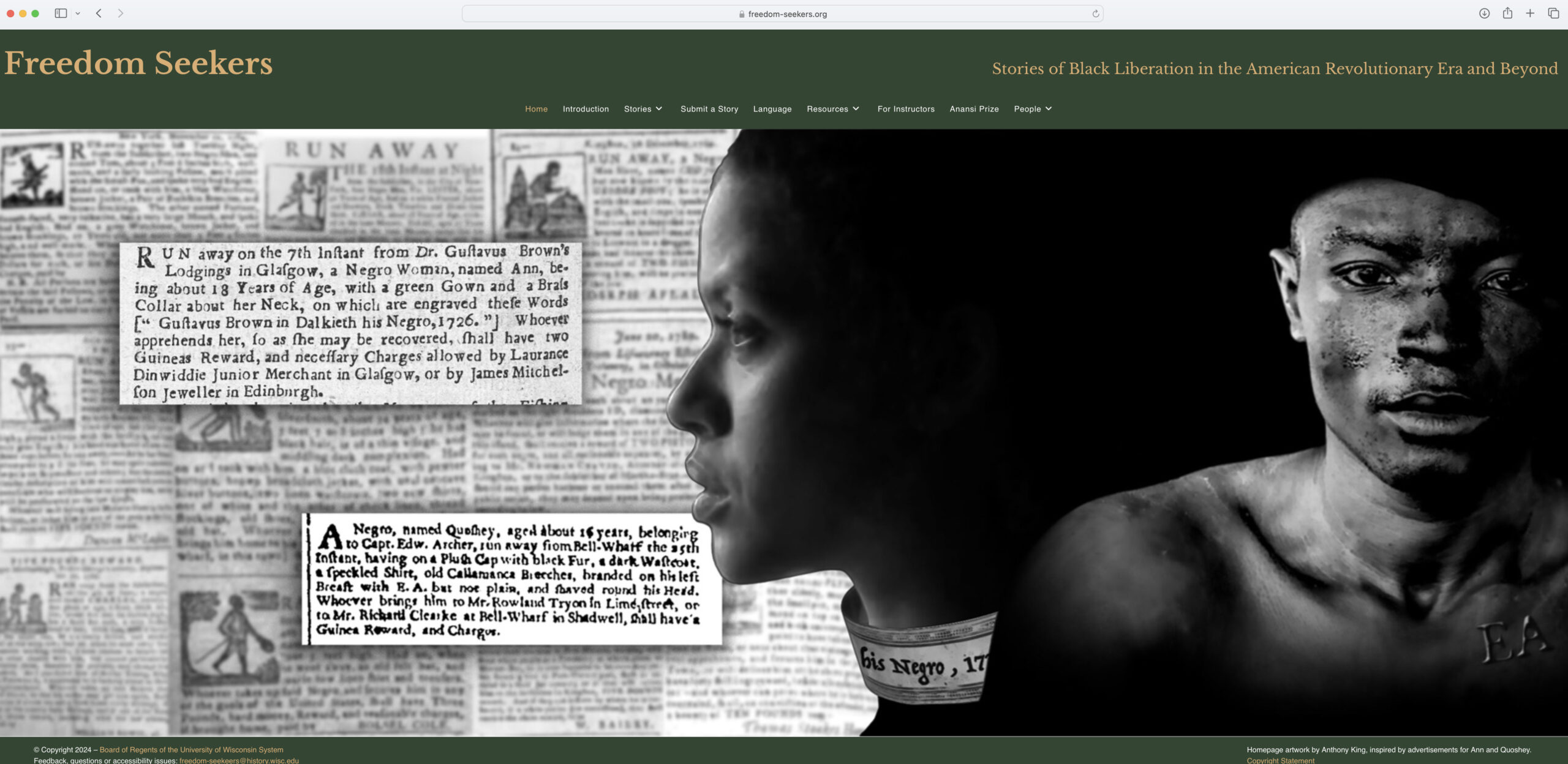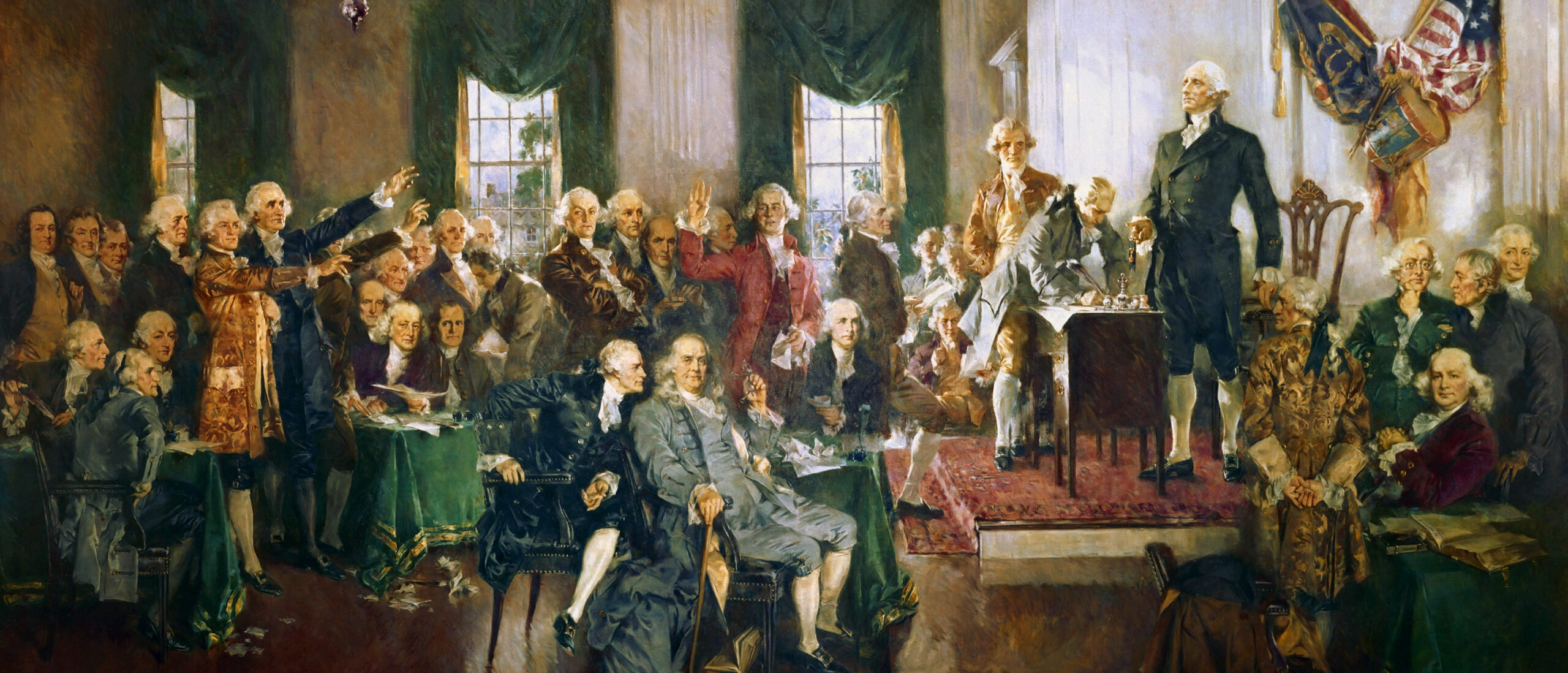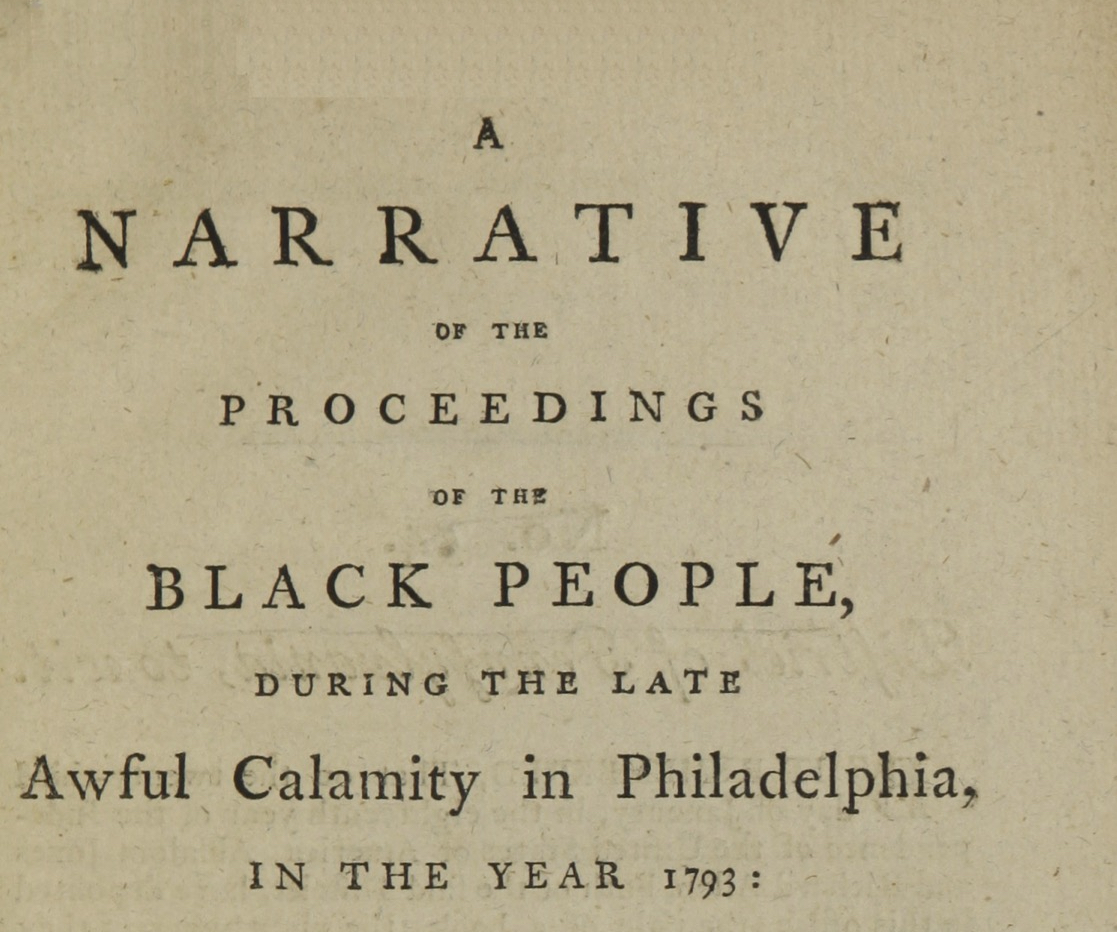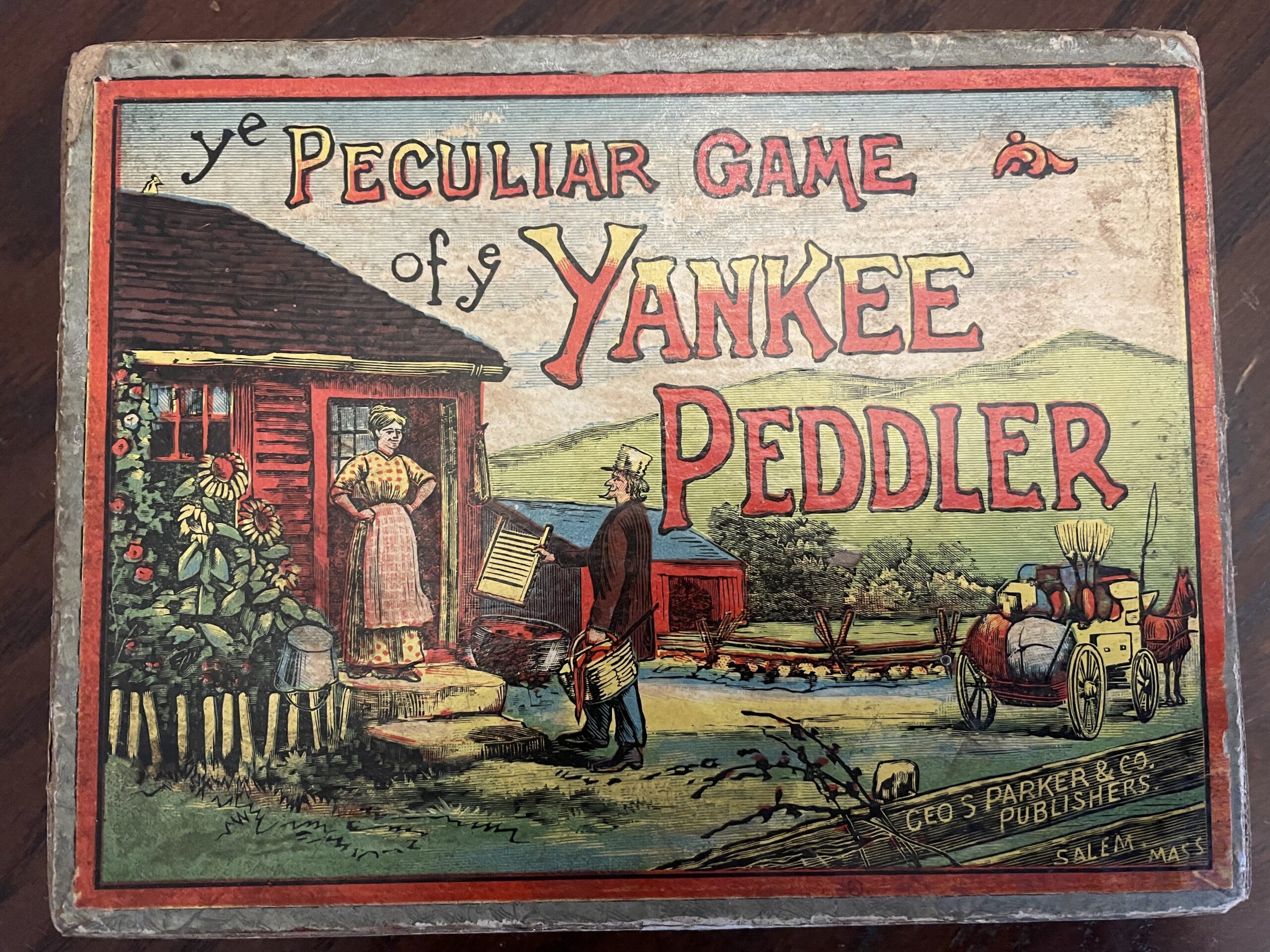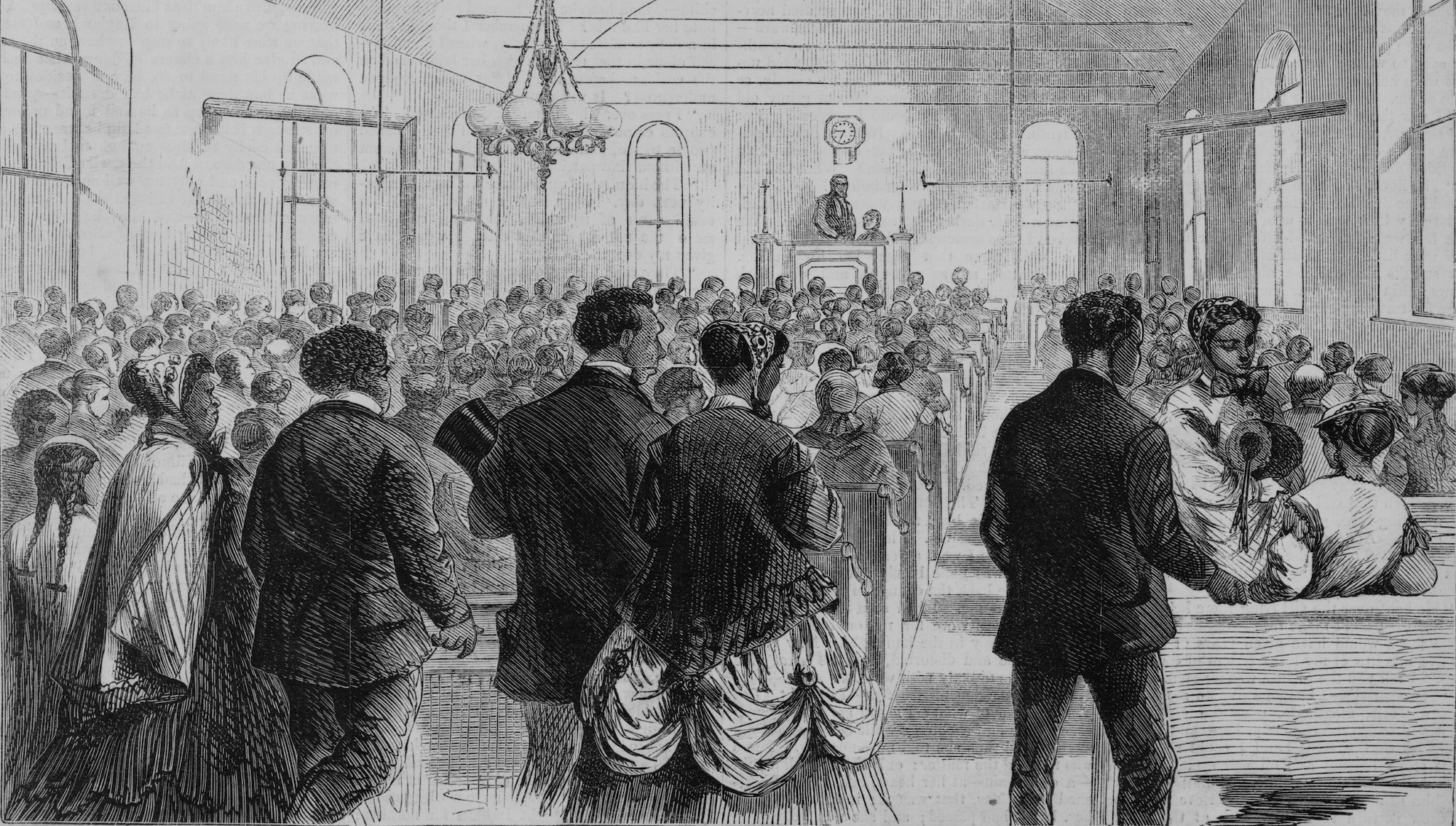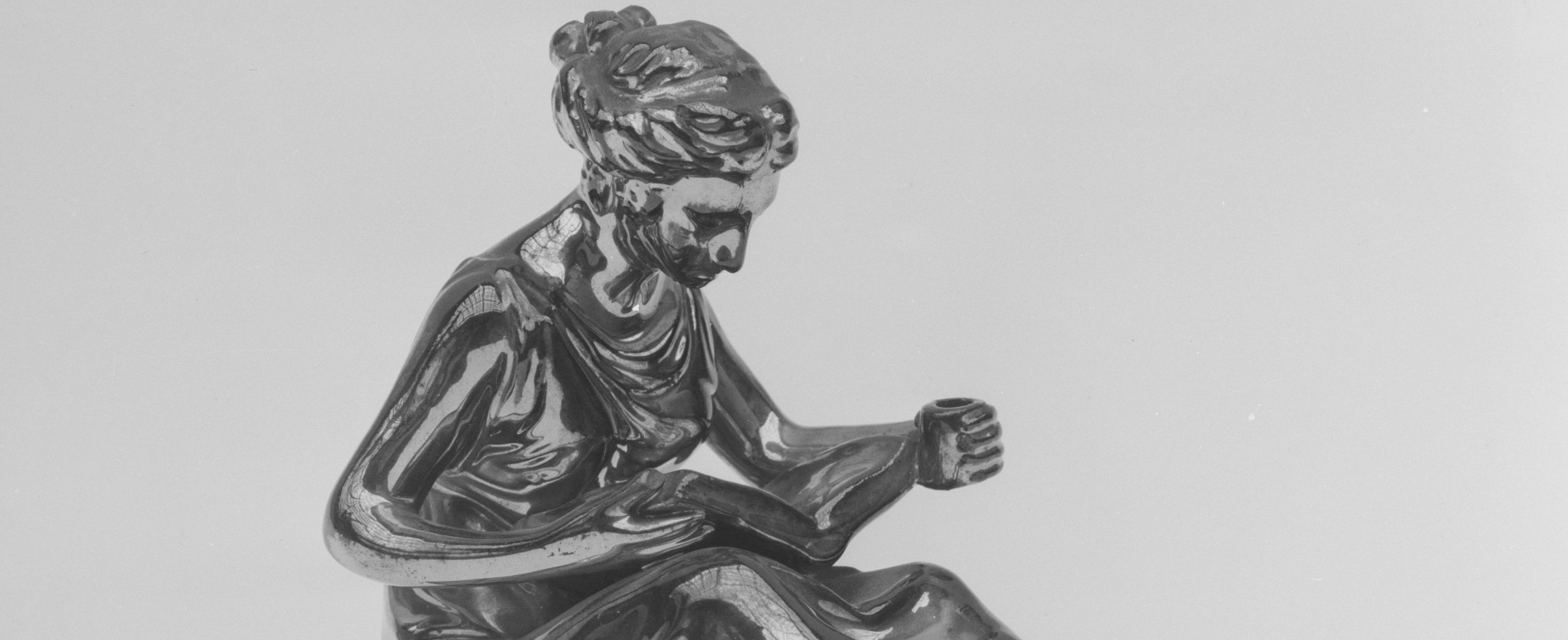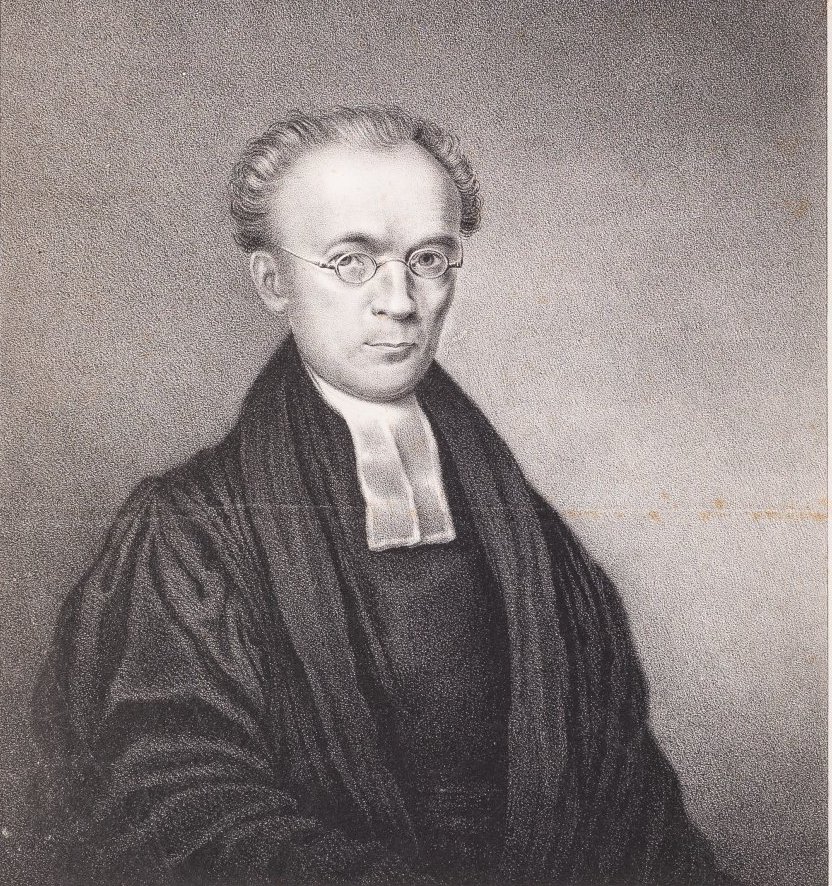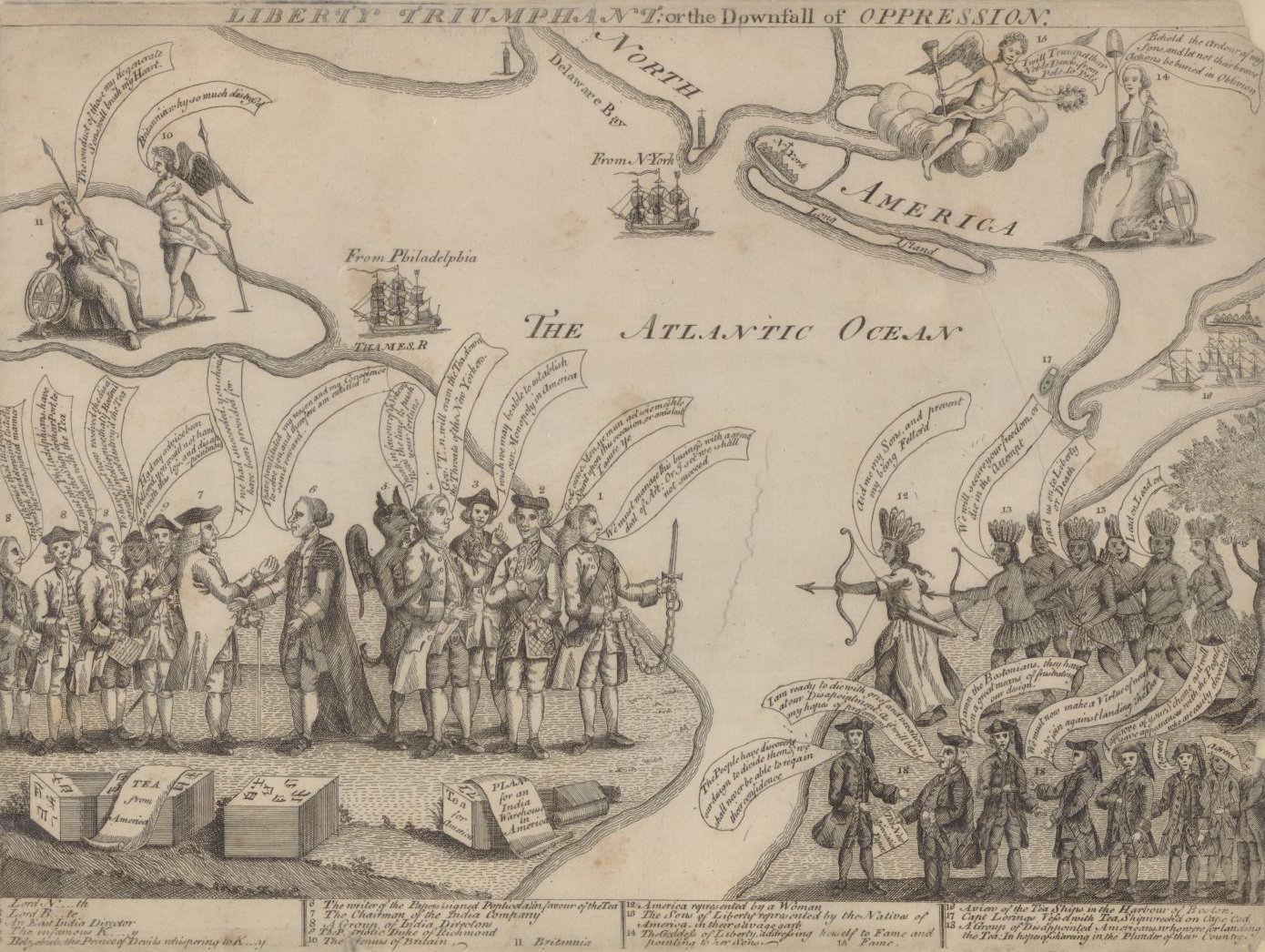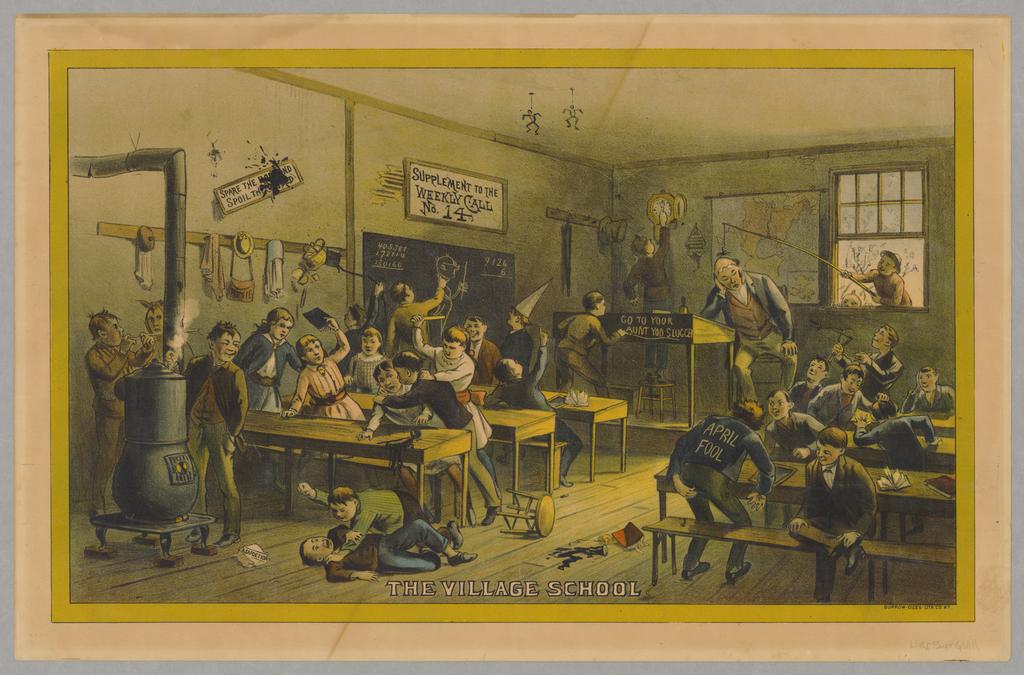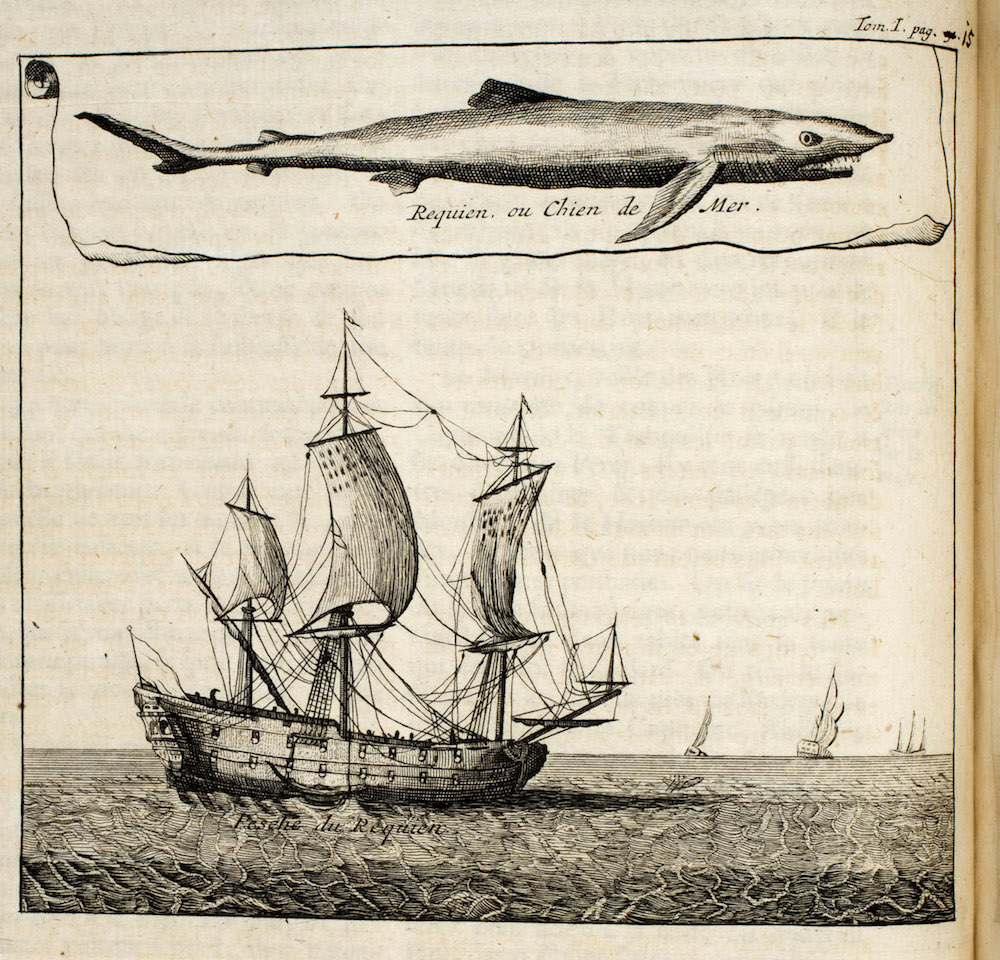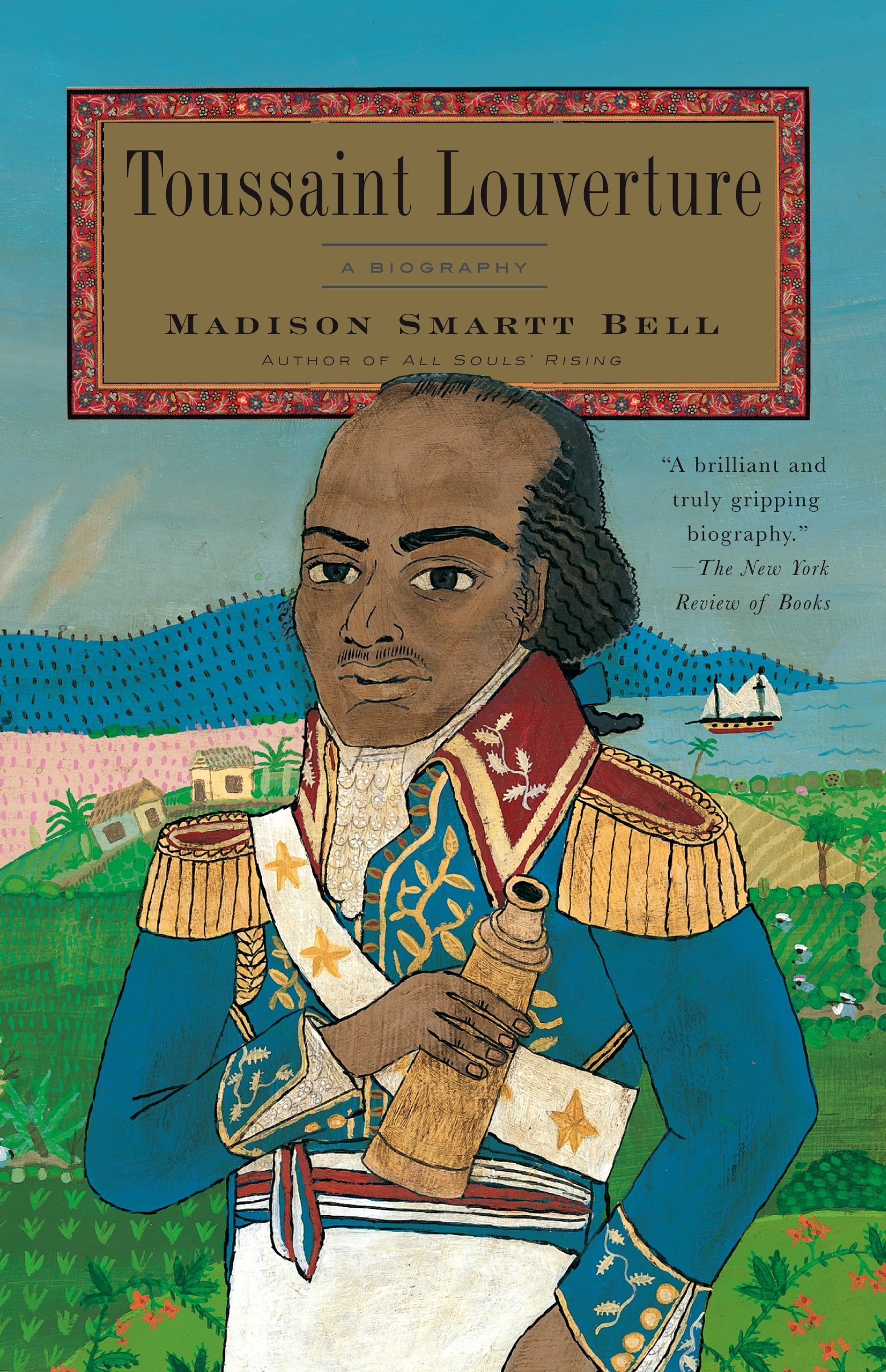My eighth-grade U.S. history students read letters and speeches by George Washington, John Adams, and Thomas Jefferson. Washington seems “dignified” and “formal,” they say, Adams “dutiful” and “pessimistic,” and Jefferson “fashionable” and “witty.”
With whom would you most like to have dinner? I ask. Rachel chooses Washington for his straightforward judgments, and Matt likes Jefferson for his way with words. Some worry about having dinner with any of them, concerned that they would be intimidated in the presence of such learned men.
Would you feel intimidated by talking to today’s presidents, say, George Bush or Bill Clinton? No way, the students respond, because these modern men seem much more approachable.
The exercise might seem lighthearted, but, in teaching eighth graders at a private school outside Los Angeles, I have found that the more I focus on personality, the better. Middle-school students, deep into discovering their own identities, are entranced by the piercing look in John Calhoun’s eyes and the emotional appeal of Harriet Beecher Stowe’s characters. I supplement the textbook [Henry F. Graff’s America: The Glorious Republic, rev. ed.(Boston, 1998)] with maps, slides, songs, primary sources, literature excerpts, and snippets of videos, from A&E Biographies to Ken Burns’s The West.
One of the most approachable ways to tie past to present is to focus on issues that directly affect students’ lives, such as women’s rights and methods of communication. As students pore over the Declaration of Sentiments from the Seneca Falls Women’s Rights Convention, they commonly cite two complaints as among the most grievous. In 1848, women were “without representation in the halls of legislation” because they lacked the vote and, in cases of divorce, the one who cared for the children was determined “wholly regardless of the happiness of the women.”
When I ask whether women have completely addressed these grievances today, Melody insists women will not be truly represented in government until the Senate has more than fourteen female members. Rhett wonders why it is now mostly women who keep the children after a divorce. Suddenly the apparent turnaround in women’s rights over the past 150 years does not seem quite so black-and-white.
Communication changes over two hundred years bring up other interesting personal questions. After we look at Abigail and John Adams’s “Remember the Ladies” letters from 1776, I ask if this couple would have written in the same style if they had instant messaged on the Internet instead of writing in longhand. My eighth graders say no, and they suggest that the two might have corresponded more because it would have been easier!
When we look at cartoons about the bank from Jackson’s 1832 reelection campaign, the students marvel at their complexity, and we compare them to the latest simple missives from current papers. One recent cartoon by Pulitzer Prize-winning artist Michael Ramirez, for example, shows three “looters”–France, Germany, and Russia–tiptoeing into the Iraq Ministry of Reconstruction just after the war ended. People have less time to read the newspaper today, Billy says, and maybe that’s why today’s political drawings are made to be understood in split seconds. Or maybe we are a savvier society and do not need such detail to get the gist of events, one girl says. These young consumers are well aware of the media’s influence on content.
Once we establish personal links from past to present, it is a short step for students to bring their critical skills to bear on broader questions of American culture. When we read John O’Sullivan’s 1845 essay on the “manifest design of Providence in regard to the occupation of this continent,” I ask whether the United States still has a sense of Manifest Destiny. Perhaps not geographically, students say–we seem to be satisfied with the land we have, and conquest is somewhat out of fashion. But Gabriella insists that we have a cultural and technological sense of power instead. And Bryan suggests that we have a new sense of destiny in spreading democracy to other nations. For these students, our modern world seems at once far from the insular mid-1800s and yet also all too close.
Knotty or mundane national topics often come into relief through a current reference. John Calhoun’s nullification argument with Andrew Jackson over the Tariff of 1832 can seem so intricate in the textbook that students wonder why someone would care so much about a tax. After we discuss the South’s resentment toward the North over the issue, I bring in an article from the New York Times on why some steel companies today still want a protective tariff. When we talk about the importance of the Mississippi River for trade throughout the period, I show them an article about a man who swam the length of the Mississippi last year, more than 2,300 miles. “He’s crazy!” the students say, but they are also impressed. Hearing about Martin Strel’s trials from Minnesota to Louisiana makes the United States seem as daunting as it might have been had the students lived in the early 1800s, without cars or airplanes to make their way across the continent.
I use the same approach in examining international affairs. Every Friday I ask four students each to bring in a relevant article from the newspaper, summarize it, and point out its location on a map. As the war with Iraq loomed through the 2002-03 school year, we heard echoes from conflicts throughout U.S. history. In February, Jessica presented a newspaper article that described the United States’ case for Iraq at the United Nations. “The article reminded me of Madison’s grievances before the War of 1812,” Jessica said of why she chose it. Her comment led to a class discussion comparing the threat created by Iraq’s violations, when the United States is well established, with the danger then posed by Britain’s impressment of soldiers, when the U.S. was a fledgling country. We ended by pondering a thorny question: When should a nation fight against aggression?
Later in the year, we studied Polk’s manipulation of the beginning of the Mexican-American War. How was his insistence that Mexico has “shed the blood of our fellow-citizens on our own soil” different from and similar to Bush’s proclamation that Saddam Hussein must be rooted out of Iraq? The more liberal students were eager to link Polk’s fort-building in disputed Texas to Bush’s argument that Iraq had weapons of mass destruction. The more conservative students, of course, said that Polk was obviously in the wrong and Bush was not! A few months later, one student boomeranged the question back into history by wondering how similar Abraham Lincoln’s resupplying of Fort Sumter in 1861 was to Polk’s decision, since both choices involved presidents’ waiting for the other side to provoke an attack.
In the more than two hundred years since the beginning of the period we study, technology has changed, but personalities and ethical struggles have not. Every morning when I read the headlines, it’s a fair bet I’ll find something to bring up that day in class. For my students, current events are their teenage background noise, a buzz that is sometimes curious and often unfamiliar. Was the Supreme Court always as powerful as it is now? they wonder. Is affirmative action necessary? they ask. I cannot answer all of their questions definitively, but I do point them toward history. And I can remind them that adults don’t have all the answers, then or now–and that when they become adults, they can look to history for parallels and, perhaps, for guidance in their own decisions.
This article originally appeared in issue 4.1 (October, 2003).
Sarah Cooper has taught English, history, and journalism for five years at independent schools in Southern California. She currently teaches middle- and high-school U.S. history at Peak to Peak Charter School outside of Boulder, Colorado.







